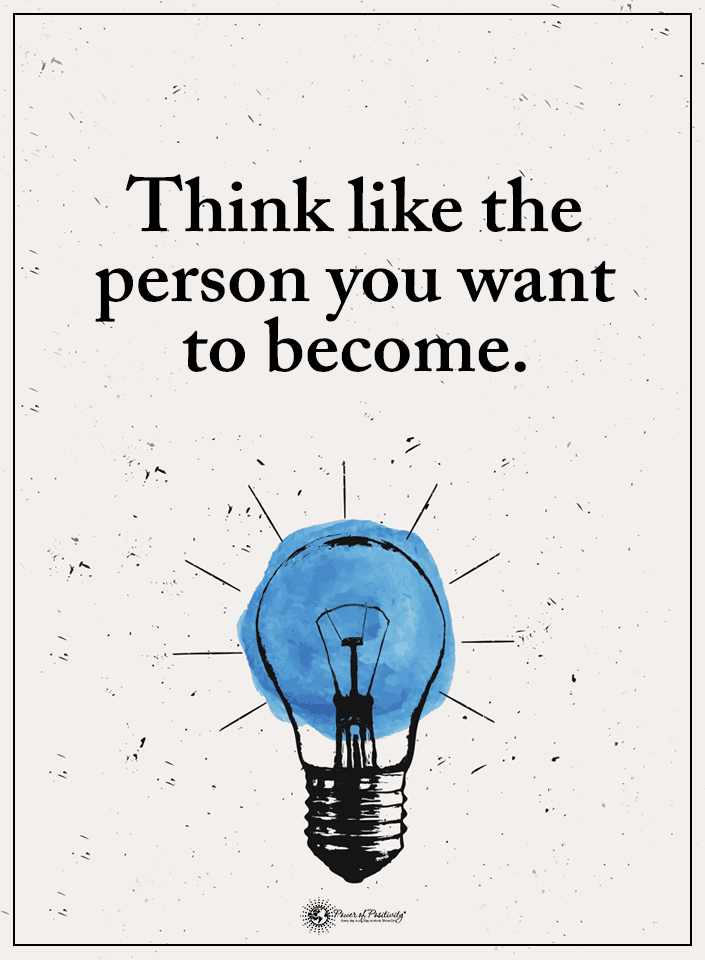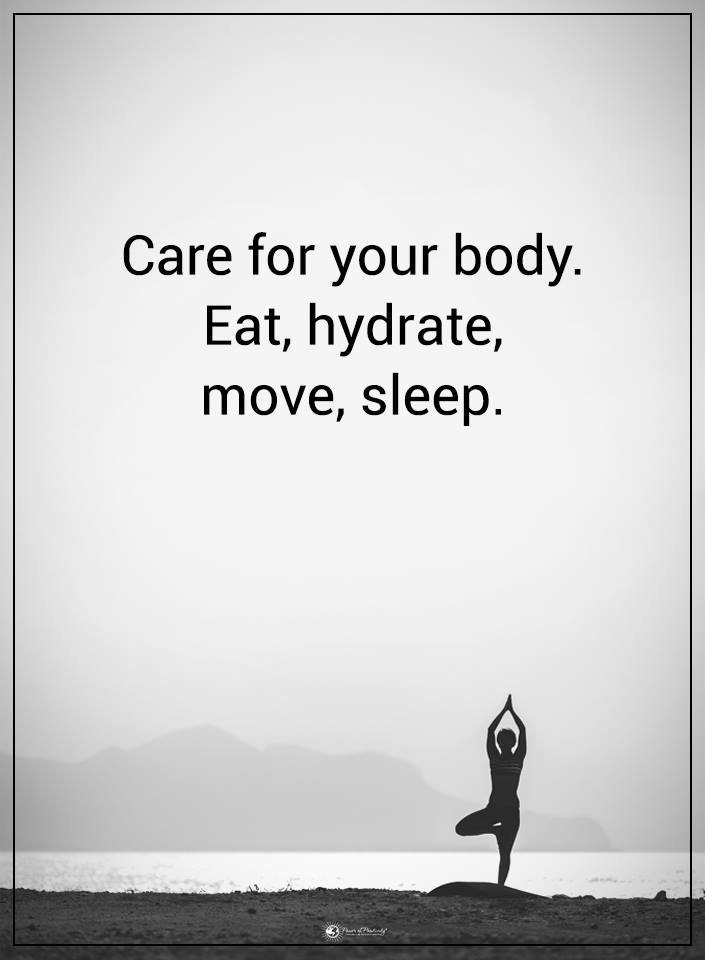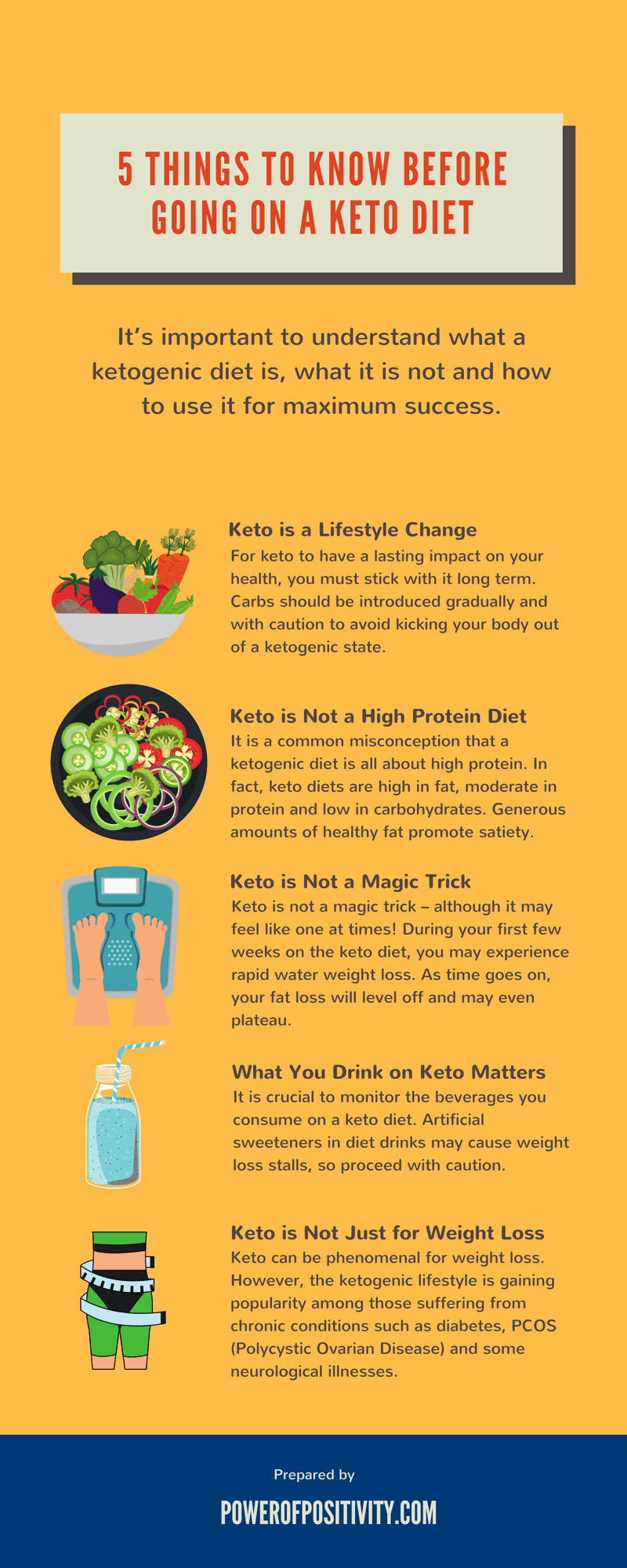If you aren’t paying attention, too often you can lose your balance between work and life because you aren’t thinking about taking care of the small things at work and at home.
This means that just taking the time to think through some important daily plans and activities and how they affect you each day at work and at home will help you to be successful in both areas of your life. So, here are just a few work life balance tips to consider:
1. Know the Difference Between Respect and Judgment
Being afraid of what others might think of us will keep us from making important life decisions that affect our career as well as our personal life. Always keep in mind that there is a danger in over-valuing what others may think instead of what we feel is best for us.
Don’t equate respect with an actual fear of someone. We must know that we can respect others and still not always listen to them when it comes to our own personal intuition about what is best for us and our work life balance.

2. Don’t Let Anyone Prioritize Your Time for You
Very often, we have overbearing bosses that demand our time beyond working hours. This could mean getting to work before your day actually begins and leaving for home well after the kids have gone to bed. That is not a realistic or healthy work life balance.
What you must do instead is set your own boundaries at work by making a daily assessment of your work activities and deadlines and setting up your calendar for the next day. So, when your boss insists on having you spend your personal hours at work, you can hand him a copy of your work priority schedule. Tell him he can expect daily updates from you before you leave each day. Then you can walk out the door and enjoy your personal time with family and friends.
3. Ask for Help
Sometimes trying and failing to find a work life balance has to do with attempting to be all things to all people. This usually means taking on more responsibility than one person can possibly handle. At work, this could mean doing the work of several people because you “want it done right.” Or it may mean that at home you don’t want to burden a spouse with extra duties, so you try to do them all yourself.
This is not healthy for your mind or your body. So, a brief meeting with a supervisor to go over your job duties may help as well as acknowledging that others can in fact do their job well without your input. At home, you can speak to your spouse about taking on some extra chores. They will more than likely acknowledge that you need help and do them without a fuss.
4. Always be Mindful of Learning Something New
We can find ourselves in a work life balance dilemma if we continue to repeat the same mistakes over and over again and don’t learn from them. This means we have to be open to other people’s perspectives when it comes to changing our ways or doing something in a different way that may benefit us at work or in our personal lives.
You may have to be ready to attend seminars on personal development, acknowledge some faults, and learn how to improve your skill set in those areas to either improve your job performance or your approach to being a parent or spouse for the balance in your life to improve.
5. Learn to Forgive and Forget
If we choose to hold grudges at work when a supervisor gives us a job to perform that we don’t like, or a peer receives a promotion over you, then at some point it will show in the way we conduct ourselves in our daily tasks and interaction with our co-workers.
The same can be said for any resentment you might hold towards a spouse or other loved one that you allow to fester and not resolve. Letting go of these negative emotions allows you to take on a renewed attitude toward your job and your personal life for a work life balance that you may be missing.
These are just a few work life balance tips that you can follow to set your goals for a more stress-free existence both at work and at home.
You will see changes in positive responses from supervisors and co-workers about job performance. You will also experience more positive relationships with family members who see you more often and have gotten to know you much better.











